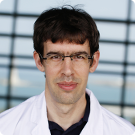Marine Science
Cryptic coral reef creatures show cross-shelf biodiversity patterns
Composition in cryptic fauna assemblages changes across a shelf gradient, a recent study of the Red Sea shows.

Cryptic fauna—small organisms that inhabit the hidden spaces within a reef structure—represent a substantial proportion of the diversity within coral reefs but are typically neglected in traditional visual surveys, which tend to focus on large and conspicuous species, such as fish and corals.
An international collaboration comprised of marine scientists from KAUST, the United States and Taiwan investigated the diversity patterns of the cryptic fauna in eight reefs in the central region of the Red Sea. The distribution patterns of these small creatures was unraveled using autonomous reef monitoring structures (ARMS), which consist of stacks of plates creating an artificial three-dimensional habitat for colonization, in conjunction with amplicon sequencing methodologies.
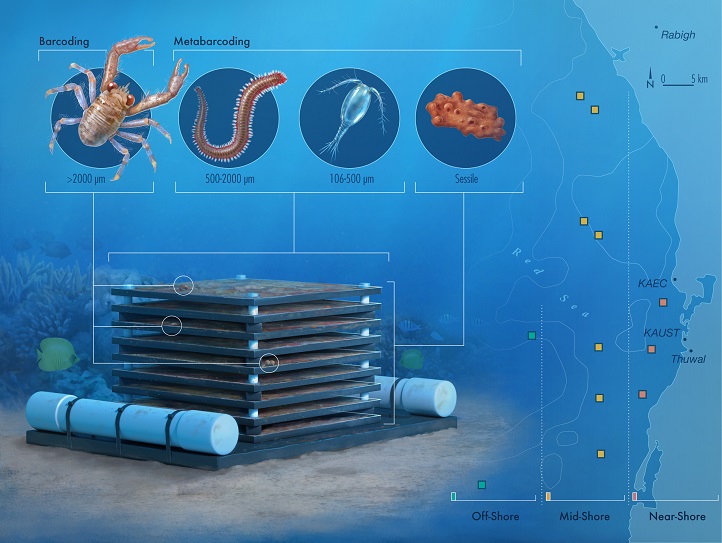
Autonomous reef monitoring structures (ARMS) consist of stacks of plates creating an artificial three-dimensional habitat for colonization
© 2018 KAUST; Xavier Pita
“Cryptic fauna have previously been revealed to show different responses to those organisms normally assessed in reef monitoring,” says lead author, John Pearman, from KAUST. “Therefore to effectively manage the biodiversity of coral reefs, it is important to understand how cryptic fauna vary across spatial scales and how these organisms may respond to environmental changes.”
Depending on distance from the coast, organisms experience changes in conditions, such as salinity, temperature, nutrients and sedimentation; all of which can have impacts on the distribution of those organisms and therefore in the composition of the ecological communities.
“Our study shows that different reef habitats across the shelf are inhabited by different sets of species and are therefore relevant to regional diversity. These results have clear implications for the design of marine protected areas,” explains Pearman.
References
-
Pearman, J.K., Leray, M., Villabos, R., Machida, R.J., Berumen, M.L., Knowlton, N. & Carvalho, S. Cross-shelf investigation of coral reef cryptic benthic organisms reveals diversity patterns of the hidden majority. Scientific Reports 8, 8090 (2018).| article
You might also like
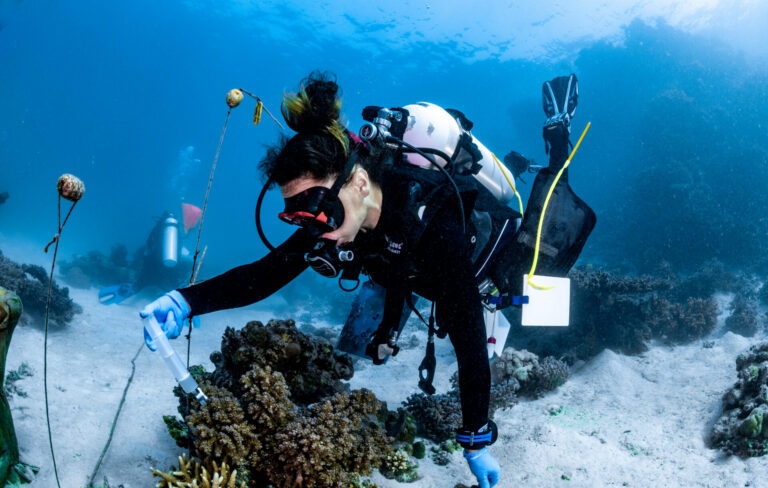
Marine Science
A place to trial hope for global reef restoration
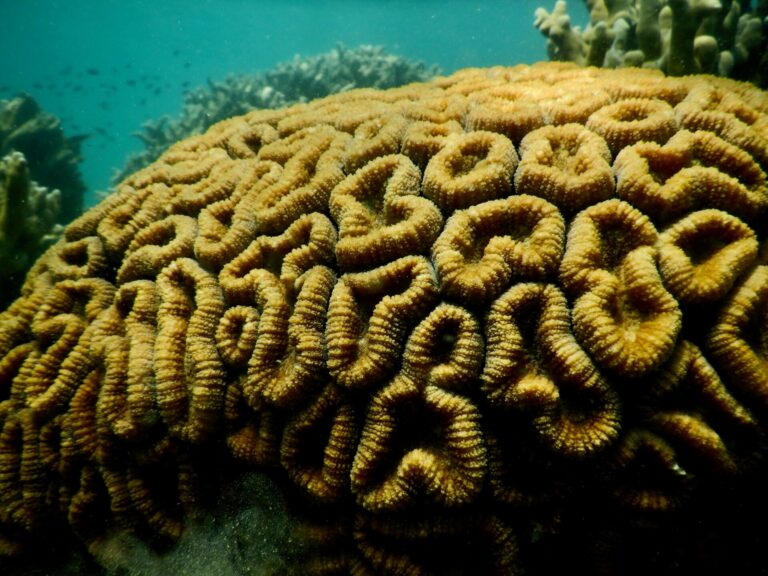
Marine Science
Reef-building coral shows signs of enhanced heat tolerance

Marine Science
Plastic-munching bacteria found across the seven seas

Marine Science
AI reveals the universal beauty of coral reef growth
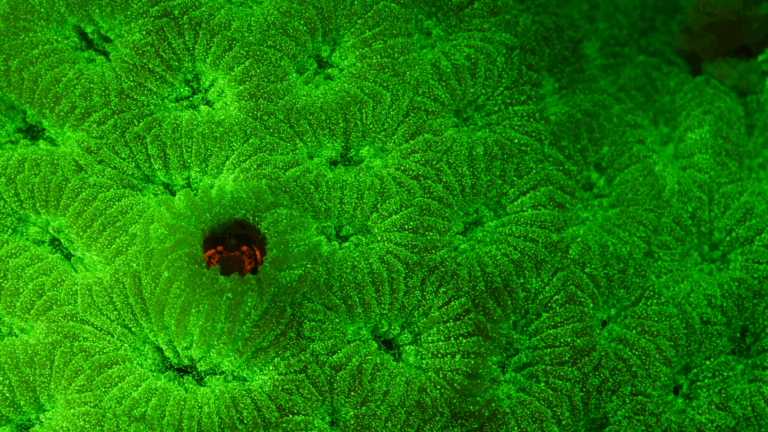
Marine Science
Tiny crabs glow to stay hidden
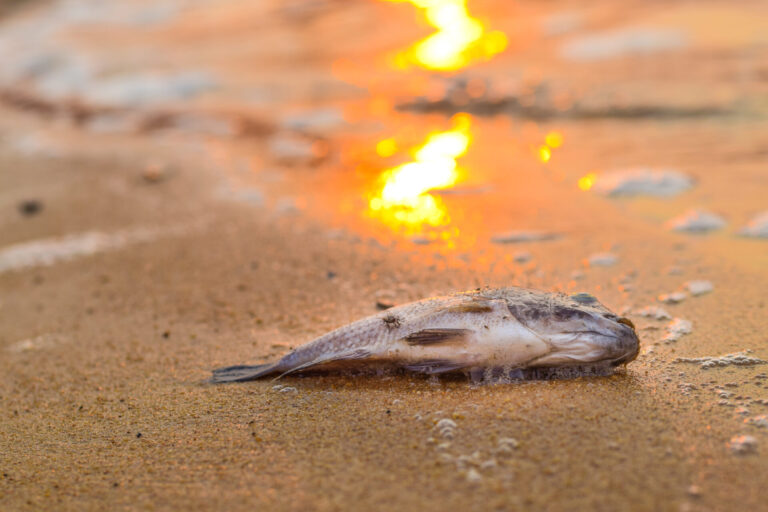
Marine Science
Mass fish deaths linked to extreme marine heatwave in Red Sea
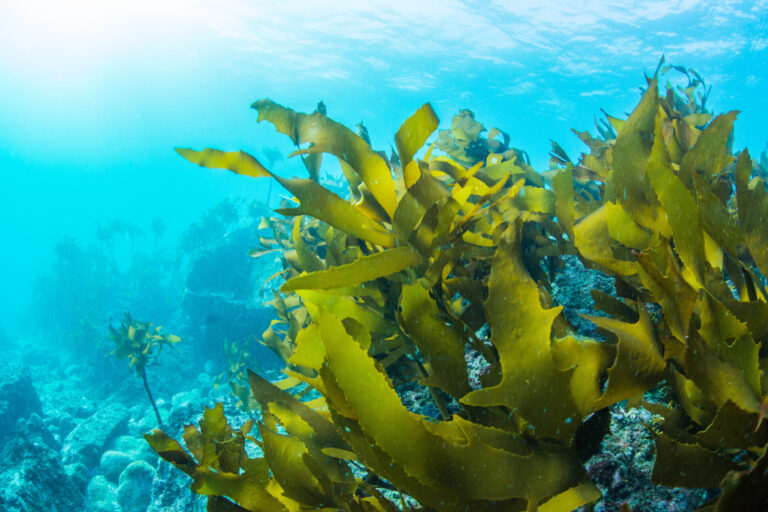
Marine Science
Weeding out the secrets of Red Sea macroalgae

Bioscience




